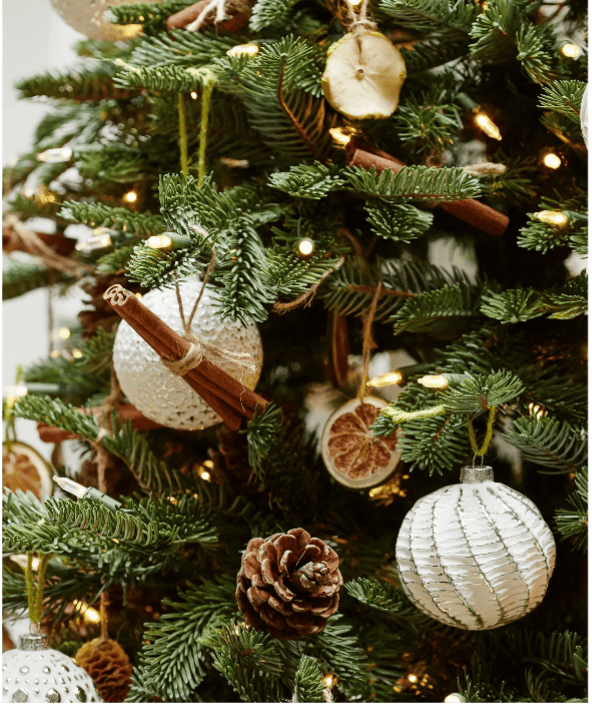
The Christmas tree, whether artificial or fresh, lightens up many a home during the holiday season.
The tradition of the Christmas tree started in Germany and was introduced to America by German settlers in the 1800s. In the beginning, the Christmas tree was viewed as a pagan symbol in America and not readily accepted until the mid- 1800s. Since then, it has grown in popularity and tree choices have increased.
At first, freshly cut trees were the only Christmas tree available, until the introduction of the artificial tree in 1930 by the Addis Brush company. The tree, made from pine brush bristles dyed green, was the prototype for today’s artificial trees. Approximately 80% of homes now display artificial trees.
But are these trees the best choice? The obvious advantages are low maintenance, convenience, aesthetic appeal, cost efficiency, easy setup and less mess. However, they pose environmental concerns. These trees have a life span of 6-10 years and eventually end up in a landfill when discarded. Because they are made from petroleum derived plastic (PVC), which is not biodegradable, they will not decompose and will remain in the landfill indefinitely.
Unfortunately, artificial trees are not recyclable. In addition, many of these trees are made in China where a great deal of carbon emission is created in their manufacturing, adding further to climate change concerns.
Evergreen trees are a great way to bring natural beauty into your home. There is little that rivals the aroma of a real Christmas tree. Balsam Fir is the most fragrant and most popular Christmas tree choice. It is a durable tree and less likely to dry out. Other popular evergreen trees frequently purchased at Christmas time are Douglas Fir, Fraser Fir, Scotch Pine and Blue Spruce. Real trees do not have the same environmental impact as artificial trees. Unlike artificial, these trees are biodegradable and will decompose over time. Many communities have instituted recycling programs to repurpose Christmas trees after the holidays.
If properly cared for, a real tree should last one month or more. Before placing your tree in a sturdy stand, give the trunk a fresh cut. This opens the pores and allows the tree to better absorb water. After cutting, immerse in water and continue regular watering. In your home, place the tree away from direct sunlight and any heat source. An important thing to note for warmer climates such as here – air conditioning can be just as harmful as heat. Therefore, the tree should be placed away from air conditioning ducts that blow direct air. Spritzing the tree occasionally with water will also help keep the needles moist.
Whatever you choose, real or artificial, have a very happy holiday season!






